For the first time in over 40 years, scientists have confirmed the effectiveness of a new type of insecticide that provides long-lasting protection against deadly mosquito-borne diseases. Here are the key things you should know.
A breakthrough after decades

Spatial repellents mark the first new mosquito-control technology in more than four decades, filling gaps that bed nets and sprays cannot cover.
Works both day and night

Unlike nets, which only protect at night, spatial repellents offer 24-hour defense against both day-biting and night-biting mosquito species.
Protection that lasts up to a year
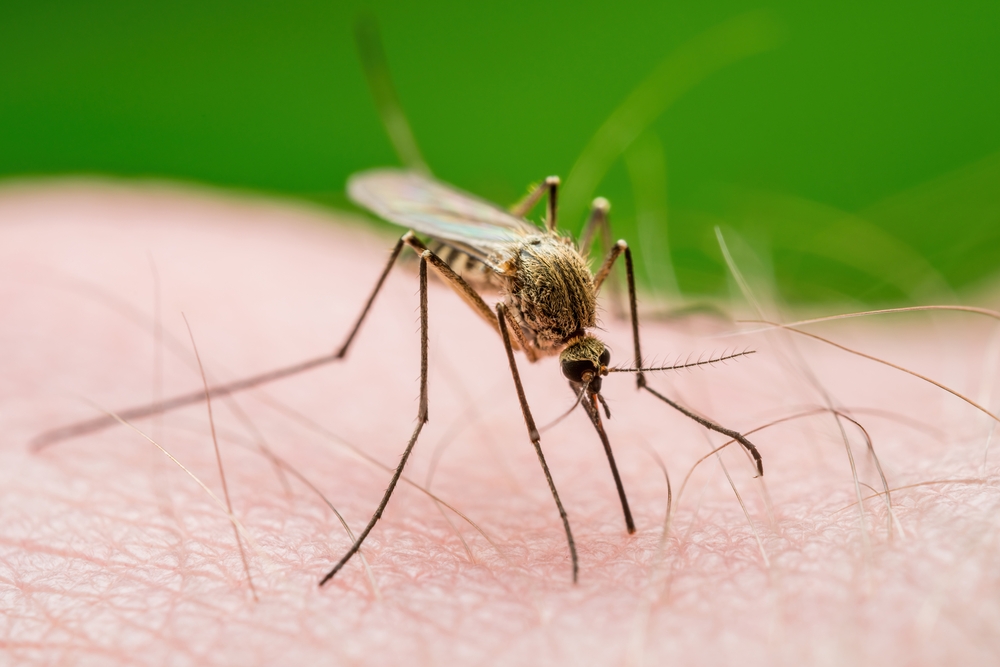
Some products in this new category, such as Guardian, can keep mosquitoes away for as long as 12 months with a single application.
Also read: Dentist Reveals the Most Common Mistake That Ruins Toothbrushing
Proven through large-scale data

Researchers analyzed over 25 years of studies, covering 1.7 million mosquitoes, and found the repellents cut mosquito bites by more than half on average.
Effective against multiple diseases
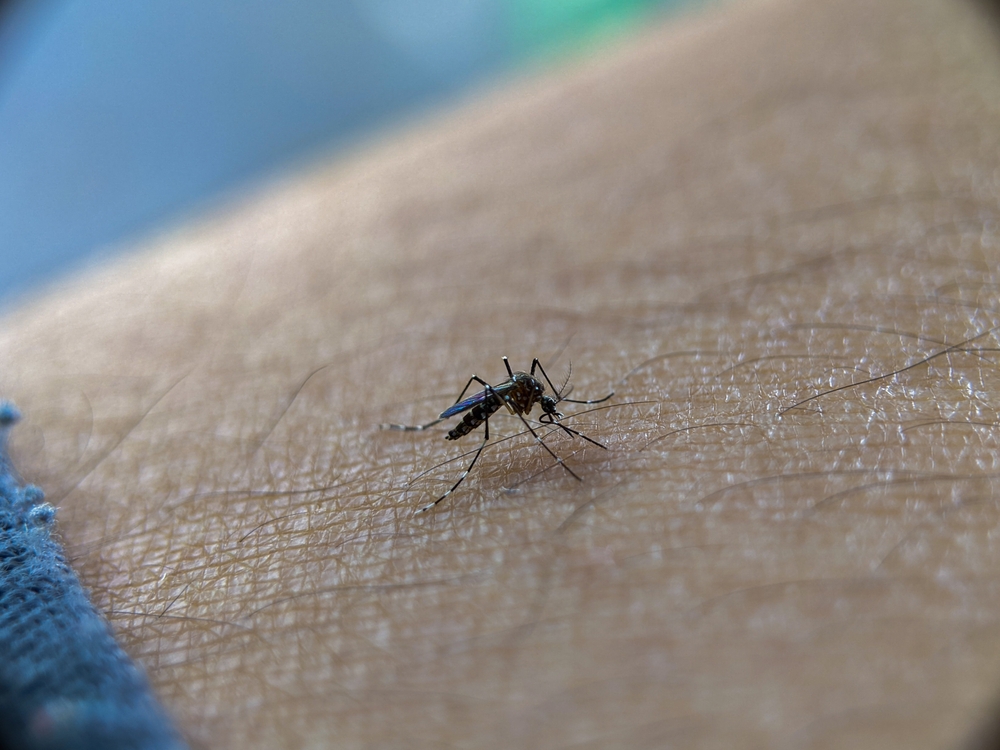
The technology protects against mosquitoes carrying malaria, dengue, Zika, yellow fever, and West Nile virus, making it unusually versatile.
Safe and easy to use
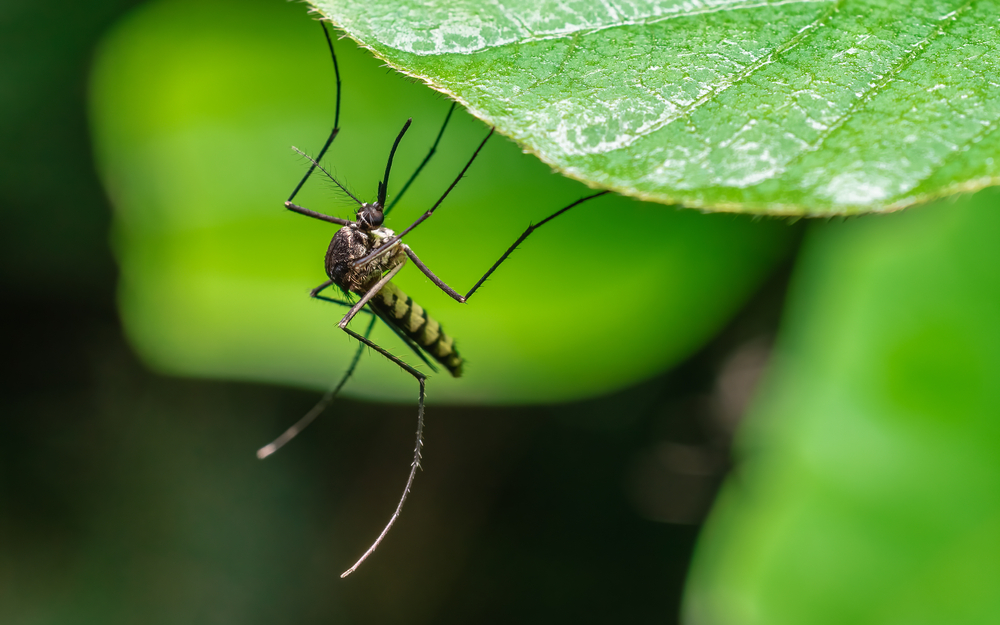
The chemicals are similar to those in treated bed nets, considered safe for human use, but are delivered in a more volatile form that spreads through the air.
Ideal for remote areas
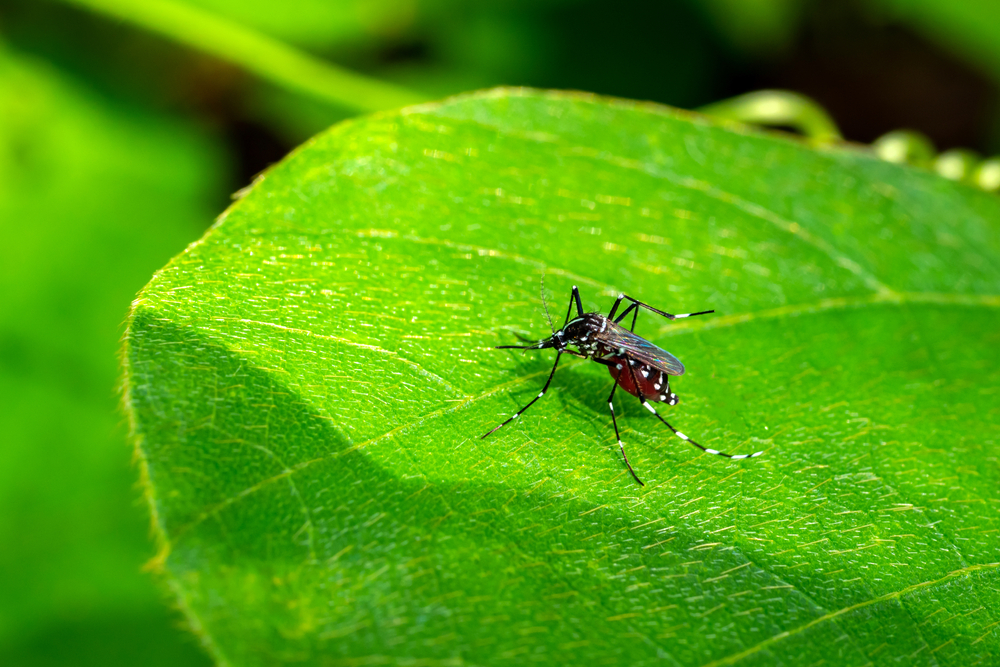
Because they don’t require heat or electricity, these repellents can be deployed in rural regions of Africa, South America, and Southeast Asia, where the burden of disease is highest.
Also read: These Are the Most Common Errors With Electronic Health Devices
Three products already available
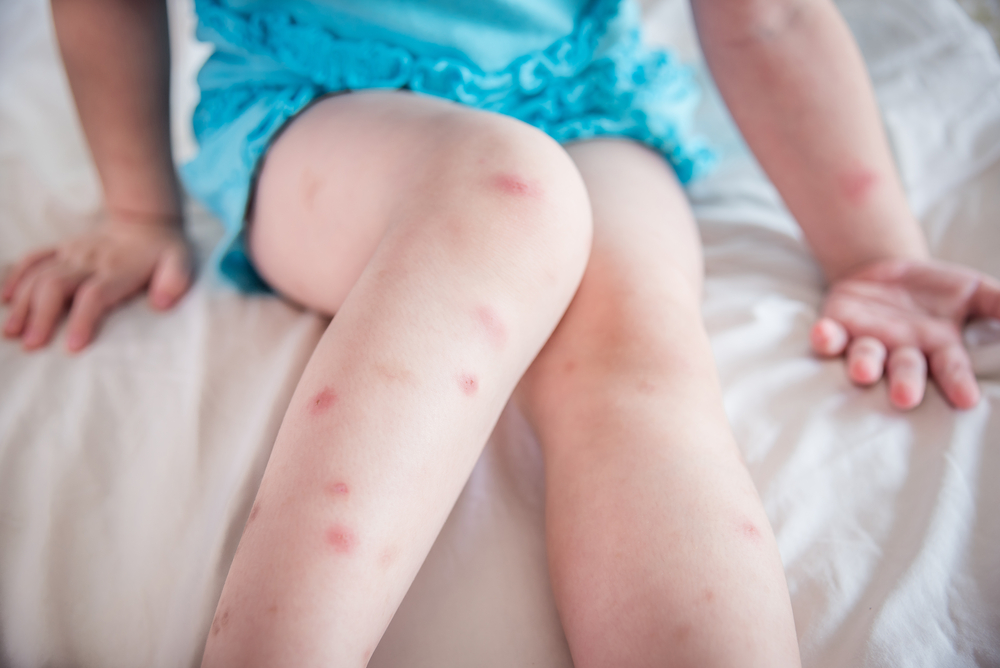
BiteBarrier, Mosquito Shield, and Guardian are leading the market, with Guardian standing out as the longest-lasting option.
Supported by the WHO

In August 2025, the World Health Organization officially recommended spatial repellents, allowing international donors to fund their distribution in malaria-endemic countries.
A tool against stalled progress
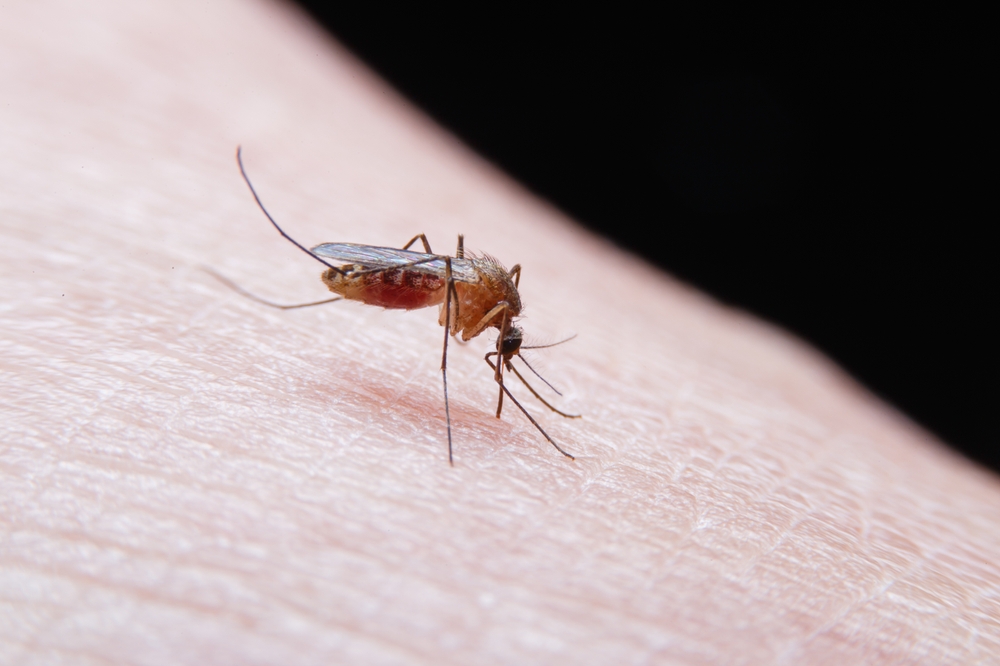
With malaria deaths rising again due to resistance and funding gaps, spatial repellents may help the WHO get back on track toward its goal of reducing malaria deaths by 90% by 2030.
The article is based on information from News Medical
Also read: How to Tell if You’re Trapped in an Unbalanced Friendship
Also read: New Study Reveals the Best and Worst Foods for Your Microbiota
